Edward Weston, a renowned photographer, stands out for his impressive images that capture the intrinsic beauty of the American West, however, his contribution to photography goes beyond his passion for landscapes.
In this article, we explore essential aspects of his life and most renowned works. Get ready to immerse yourself in the visual universe of one of the most influential photographers in the United States.
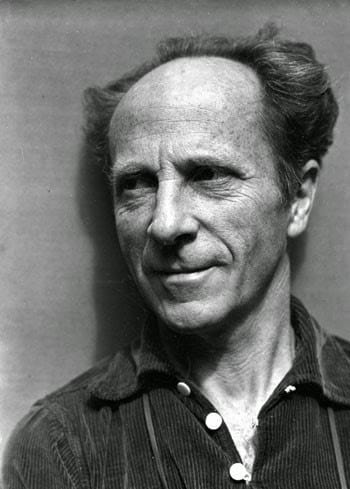
Who is Edward Weston
Edward Weston, born on March 24, 1886, in Highland Park, Illinois, is an iconic figure of 20th-century photography who played a crucial role in recognizing photography as an art form.
He was one of the first to venture into exploring abstraction and distortion in his images, thus breaking away from the conventions of traditional photography.
His bold and innovative approach is reflected in his wide range of works that include landscapes, portraits, and meticulous studies of light and texture.
Edward Weston’s works have been exhibited and acclaimed worldwide. His photographs are part of significant museum collections, including the prestigious Museum of Modern Art in New York.
Training and contributions to photographic education
Weston did not start his career in the business or academic field. Instead, he discovered his passion for photography at a young age and dedicated himself to it professionally.
Weston quickly established himself as a prominent figure in the art of photography, pushing the boundaries of traditional form and experimenting with creative compositions and the use of natural light.
In addition, he became a pioneer in the field of photographic education. In fact, he is known for his workshop approach to teaching, emphasizing creative experimentation and practical learning.
His commitment to training new generations of photographers and his influence are still alive today. His legacy remains a source of inspiration for photographers worldwide.
Edward Weston’s work, with his ability to capture beauty in the ordinary, continues to be a beacon in the evolution of photography as an art form.
Edward Weston’s photographic style: the art of simplicity
One of the most unique aspects of Edward Weston’s photography is his style. His images are often simple and unadorned, focusing on lines, shapes, and textures.
This minimalist approach allows viewers to appreciate the beauty of his subjects in a purer form.
In many ways, Weston’s photographs embody the principles of Zen Buddhism, emphasizing the importance of simplicity and clarity of thought.
Use of the Seneca View Camera
Weston used different cameras throughout his career, but he is best known for using a large-format camera called the “Seneca View Camera”.
This camera was very popular among photographers in the early 20th century because it allowed them to create very large prints.
Weston used to use this camera to create close-up images of objects, which, in his opinion, gave them a more powerful and emotional impact.
Still lifes and Landscapes: Weston’s two poles
Although Weston is best known for his still life photography, he also created many beautiful landscapes during his travels.
He often photographed the same places multiple times, trying to capture the feel of the place under different light and weather conditions. Weston’s photographs of the American West are some of his most iconic and beloved images.
Experimentation and Innovative Photographic Techniques
Weston was also known for his experimentation with different photographic techniques.
He was one of the first photographers to experiment with solarization, a process that creates a surprising and often psychedelic effect on images.
His use of light and shadow is also striking, often giving his photos a haunting appearance.
Weston and His Influence on Contemporary Photography
Edward Weston was a revolutionary photographer, whose unique style and original perspective have left an indelible mark on the field of photography.
His minimalist approach and insistence on experimentation have brought about a paradigm shift in how photographers conceptualize and capture images.
Weston advocated for viewing photography as an art form in itself, rather than simply a medium to document reality.
This view has led many contemporary artists to explore new forms of expression through the lens of a camera, challenging conventions and pushing the boundaries of what is considered possible in photography.
His legacy continues to live on in successive generations of photographers, many of whom refer to his work for inspiration and new paths for their own creative explorations.
Composition, Light, and Shadow: The Magic of Weston
Edward Weston proved to be a true master in handling composition, and his clever use of light and shadow added dramatic depth and a sense of mystery to his photographs.
These elements not only provide strong visual contrast, but also infuse an emotional tone and distinctive atmosphere into his images. Weston’s exploration of shapes went beyond mere representation.
He used close-up compositions to exalt the form and texture of his subjects, thus creating images that were both an artistic interpretation and a documentation of reality.
His use of light and shadow to highlight and emphasize forms and textures allowed him to infuse an almost three-dimensional quality into his black-and-white images, once again demonstrating his genius and enduring influence on the art of photography.
7 of the Best Photos by Edward Weston
These photographs are a personal selection from the Inti Audiovisual team. If you want to enjoy the entire collection of this great artist, click on this link.
Nude in Doorway (1936)
“Nude in Doorway” is a fascinating capture of a woman’s naked body, highlighting the beauty of her curves and the shadows they cast.
This simple but highly evocative photograph is a perfect example of Weston’s mastery at capturing the essence of his subjects and conveying deep emotionality.

Pepper (1930)
Edward Weston’s “Pepper” is a masterful depiction of texture and form. The image displays a pepper in close-up, capturing all its bumps and ridges in detail. The sharp focus and stark black-and-white contrast used by Weston give the image an almost three-dimensional effect.
This portrait of a pepper is part of a broader series of works Weston carried out in the late 1920s and early 1930s, where he explored the artistic potential of close-ups in photography.
By focusing on everyday, small elements such as peppers, he managed to create images that were simultaneously abstract and representative.
Today, Weston’s “Pepper” is considered one of the most iconic images in the history of photography, appearing in art books and exhibited in museums around the world.
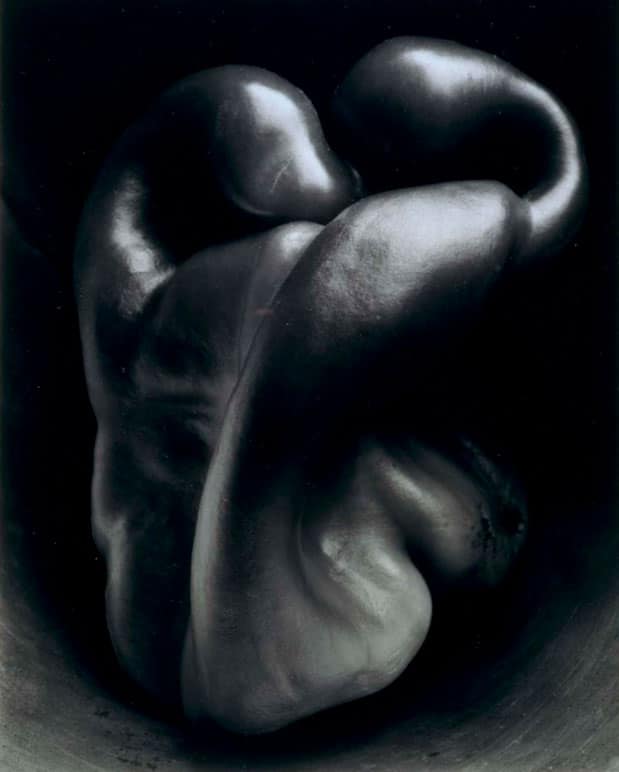
Shell (1927)
Edward Weston’s Shell, 1927, is a photograph that is haunting in its simplicity. The photo shows a simple seashell placed against a stark and empty background. The shell is the focal point of the photograph, and its curves and lines are highlighted by the stark contrast of the background.
What makes Shell so powerful is the way Weston has managed to capture the essence of the shell in a single photograph.
It is displayed in all its beauty, but there is also a sense of fragility and transience. The shell is something delicate and fleeting, and the photograph manages to capture that.
It is a reminder of the beauty that can be found in the simplest of things, and it is an example of Edward Weston’s skill as a photographer.
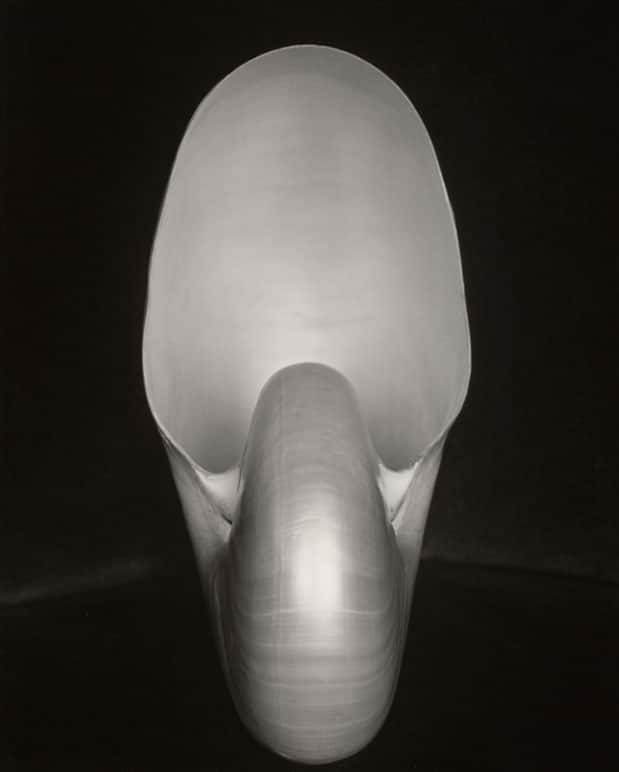
China Cove, Point Lobos (1940)
“China Cove, Point Lobos” is one of Weston’s most notable photographs. Taken in 1940 at Point Lobos, California, the image captures the rugged beauty of the coast.
The rocks and cliffs are bathed in warm light, while the ocean appears dark and mysterious.
This image is both beautiful and mysterious, and it stands out for its ability to capture the majesty of nature while evoking a sense of vastness and mystery.
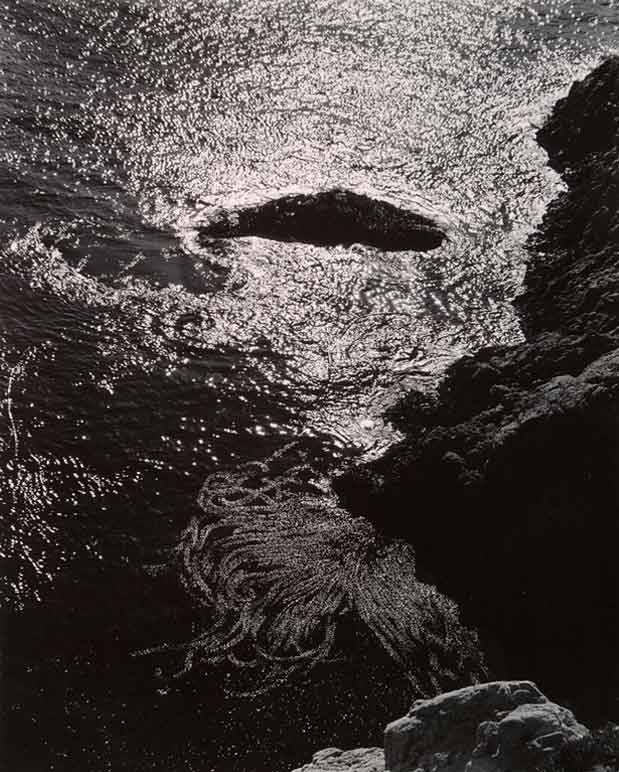
Untitled (Barn & Telephone Poles) (1941)
“Untitled (Barn & Telephone Poles)”, also known as “My Little Grey Home in the West”, was captured in 1941.
The image presents a small, solitary house in the midst of a vast and desolate landscape. Surrounded by barren land and a few isolated trees, the house stands out as a focal point.
Despite the severity of the scene, there is an undeniable beauty and tranquility in this photograph. It is a poignant demonstration of Weston’s talent for finding and capturing beauty even in the most humble and desolate settings.
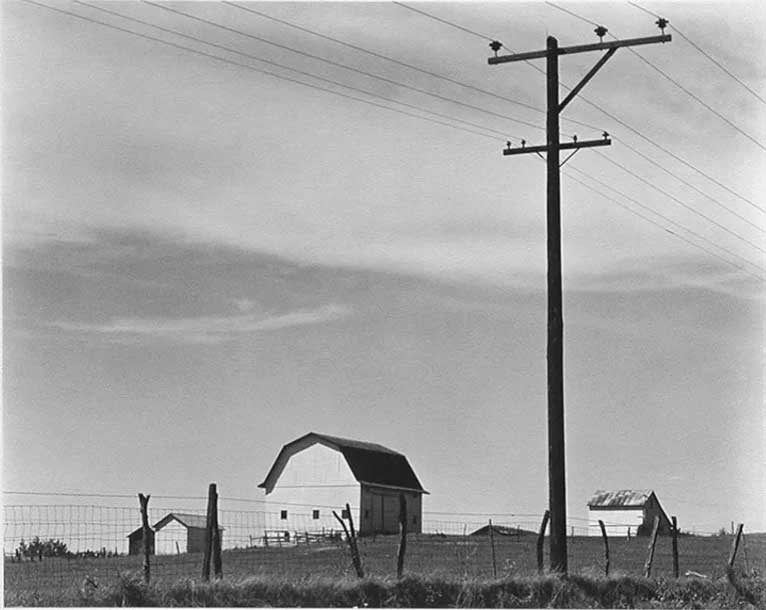
Dune, Oceano (1936)
“Dune, Oceano” is an iconic portrait of his work. Taken in 1936, the image displays a sand dune by the sea.
The uniqueness of the image lies in how Weston composed it, with the dune in the foreground and the ocean beyond. This composition creates a sense of depth, making the viewer feel as if they are immersed in a vast and real landscape.
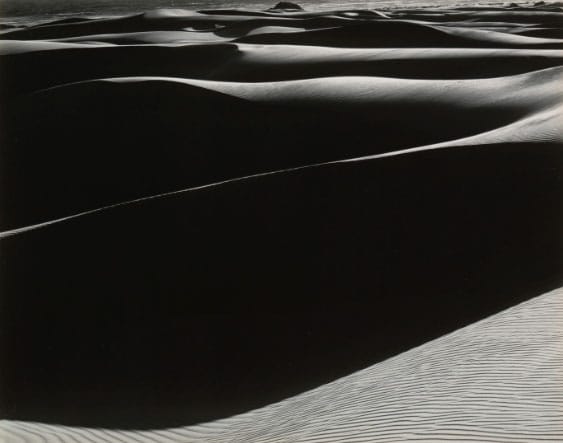
Nude (Dancer’s Knees) (1927)
In “Nude (Dancer’s Knees)”, Weston captures a dancer’s naked figure in a moment of serene elegance.
What makes this photograph so extraordinary is the level of detail that Weston managed to capture. The dancer’s knees are delicately arched, her muscles subtle and defined, and the folds of her skin are represented with astonishing realism.
The fact that Weston managed to capture such an intimate and beautiful moment is a tribute to his skill and sensitivity as a photographer.
The image resonates with a timeless elegance and simplicity, making it one of the most appreciated within his impressive collection.
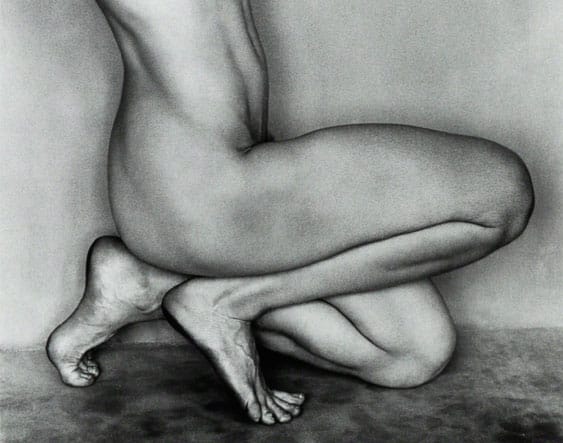
Later Years and Legacy
In his later years, Edward Weston dedicated much of his time to teaching, striving to pass on his vast knowledge and innovative photographic techniques to the next generation of photographers.
Weston understood the importance of his influence and sought to leave a lasting mark on the world of photography.
In addition, Weston worked on a book about photography. Although this project never got published, there is no doubt that his intention was to share his experiences and philosophy with a broader audience, further extending his influence in the field of photography.
In the early 1950s, Weston’s health began to deteriorate. However, he continued his work as far as possible, never losing his passion for photography and art. Weston passed away in 1958, leaving a legacy that still endures.
Edward Weston is remembered as one of the most influential photographers of all time.
His legacy extends not only through his own work but also through the lives and careers of the many students he inspired.
Among them are some of the most renowned photographers in history, such as Ansel Adams and Dorothea Lange.
Both photographers acknowledged Weston’s influence on their work, highlighting his ability to teach them to see the world in a new and deeper way.
The impact of Edward Weston on photography is still evident today. His images continue to be studied and admired, and his approach and technique continue to be employed by photographers around the world.
Through his work and teaching, Weston forever changed the way we see and understand the art of photography.
